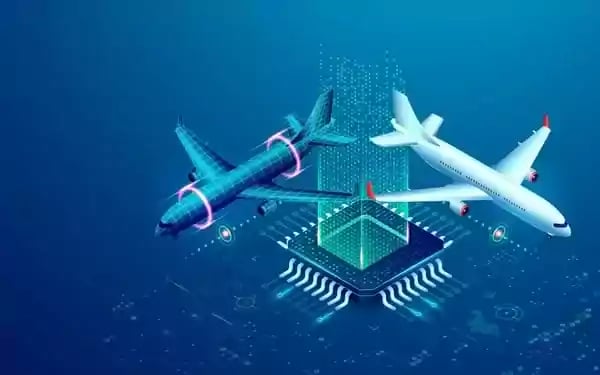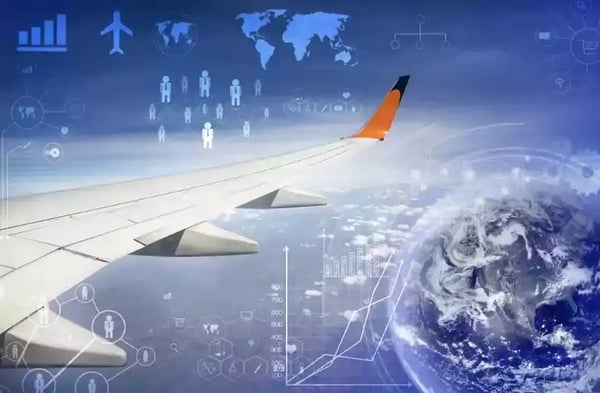It's no secret that in the aviation maintenance industry some M&E legacy systems can be a bit of a headache when it comes to technological advancement, from developing workable APIs to 3rd party applications and managing data in a secure and safe format. Just because some of these systems are challenging doesn't mean that your organization has to be, too. How to ensure you are not missing out on digitalization? Let’s take a look!
-1.webp?width=778&height=407&name=iStock-1074223660%20(1)-1.webp)
Analyze your needs vs. what your current M&E system is delivering
Before you jump in and start making changes, take some time to figure out what features you exactly need M&E system to support in addition to the existing capabilities. Quite often, M&E software providers don’t have enough resources to support clients and develop personalized features. This is where outsourced IT solutions can help. For example, QOCO connects and syncs with M&E systems to digitalize tooling management. However, here is where you can face the big challenge. Not all M&E systems are open. In this case, there are several options.
Consider a standalone solution
This may be not ideal for all aspects of the maintenance and require extra work, however in some cases it may be the solution. For example, MROTools.io for tooling management can operate outside of the M&E system environment.
Cooperate with other users
Multiple client requests may motivate M&E software providers to consider developing the feature faster. This can also help if M&E software has closed APIs.
Consider changing the system to more advanced
I know it is a lot of efforts and costs, but it will definitely pay off. The new provider doesn’t have to have all the features you need right away but being open to the outside IT solutions is a key criteria.
By taking the time to reevaluate the value of your M&E system, you can move forward with confidence that you’re making the correct decisions for your business. Knowing when to upgrade and what updates may be needed is key, of course, but also understanding when a full-scale switch is worth it will help determine the best route moving forward. Whether you choose to analyze your existing system, cooperate with other users, or embrace new technology altogether, staying relevant in this increasingly digital world should always be a priority. Investing in your future means investing in smarter solutions today — which starts with examining current gains versus potential ones.
Elevate your Aviation Data Exchange with Aviadex.io
Discover the power of Aviadex.io, the premier Data Exchange and Integration Service for the aviation industry. With years of aerospace industry expertise, our platform enables intelligent and seamless data exchange between all aviation operators. Simplify your data integration and collaboration processes today.


 Andy Graham
Andy Graham
 If you are interested in knowing how you can improve your efficiency in maintenance operations, book a 30-minutes discovery call with us.
If you are interested in knowing how you can improve your efficiency in maintenance operations, book a 30-minutes discovery call with us.

